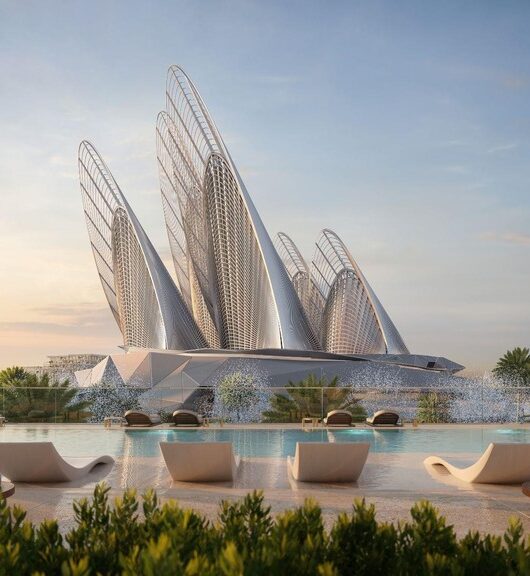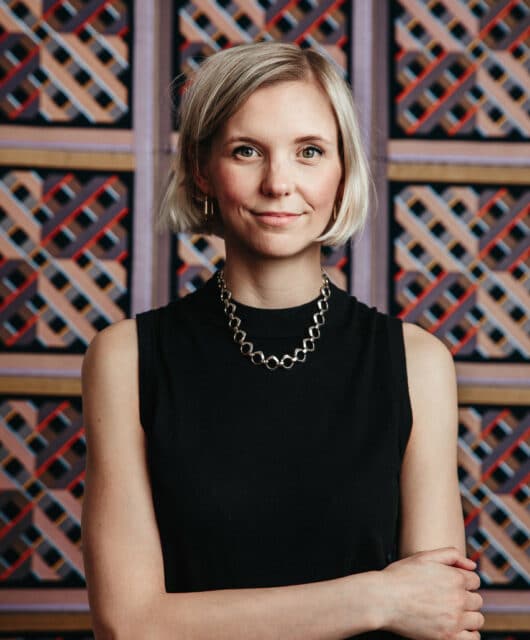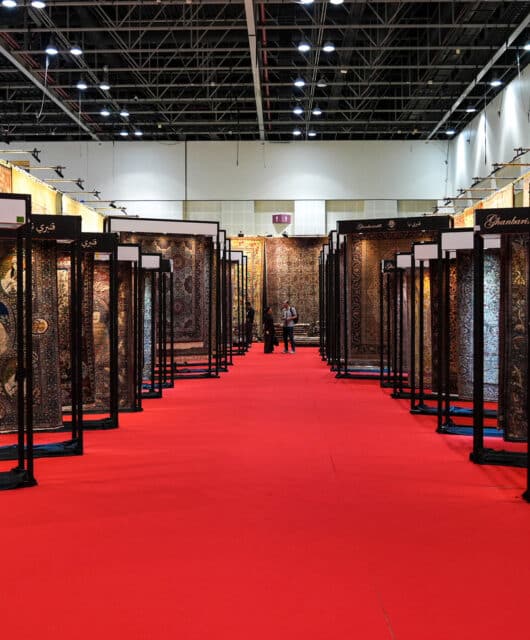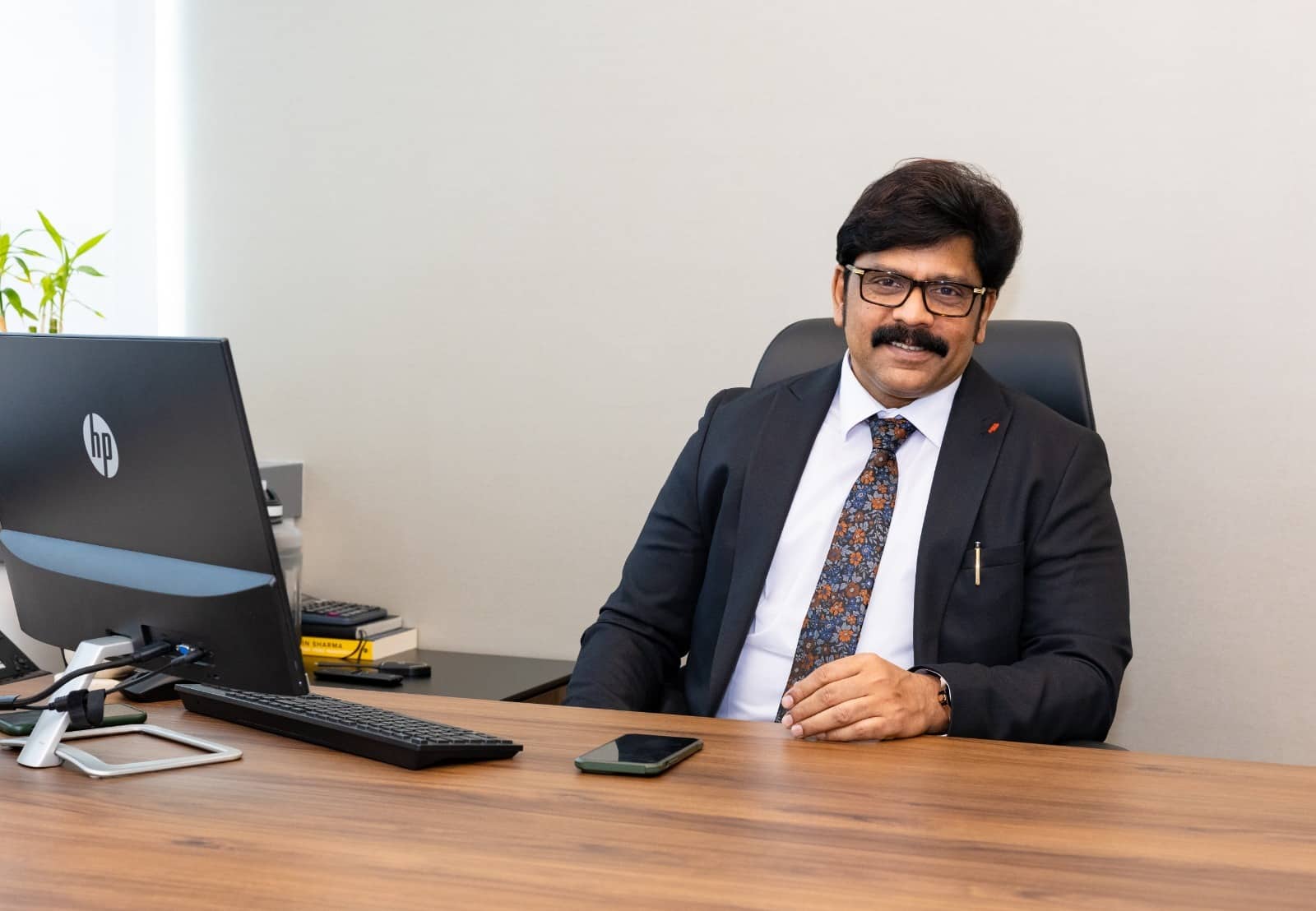 Michelle Saywood, vice president of North 25, discusses how Dubai may develop its own identity by combining elements of sustainability, wellness, and liveability
Michelle Saywood, vice president of North 25, discusses how Dubai may develop its own identity by combining elements of sustainability, wellness, and liveability
As an architect and a Dubai resident for many years, I’ve often wondered what constitutes the DNA of Dubai, and defines its global identity? Do we have urban spaces in the city that stand the test of time – streets and neighbourhoods where families have lived together for generations, and feel a sense of belonging?
The older parts of Dubai, near the Creek and the Al Fahidi Neighbourhood, are more lived-in, with homes that still enjoy open courtyards, corner shops that sell all kinds of essentials and shaded alleys where tourists stop and engage with the surroundings.
But Dubai has grown to have different hearts – the old and the new, the urban and the suburban, and together they are still not cohesive enough to give the city its global identity.
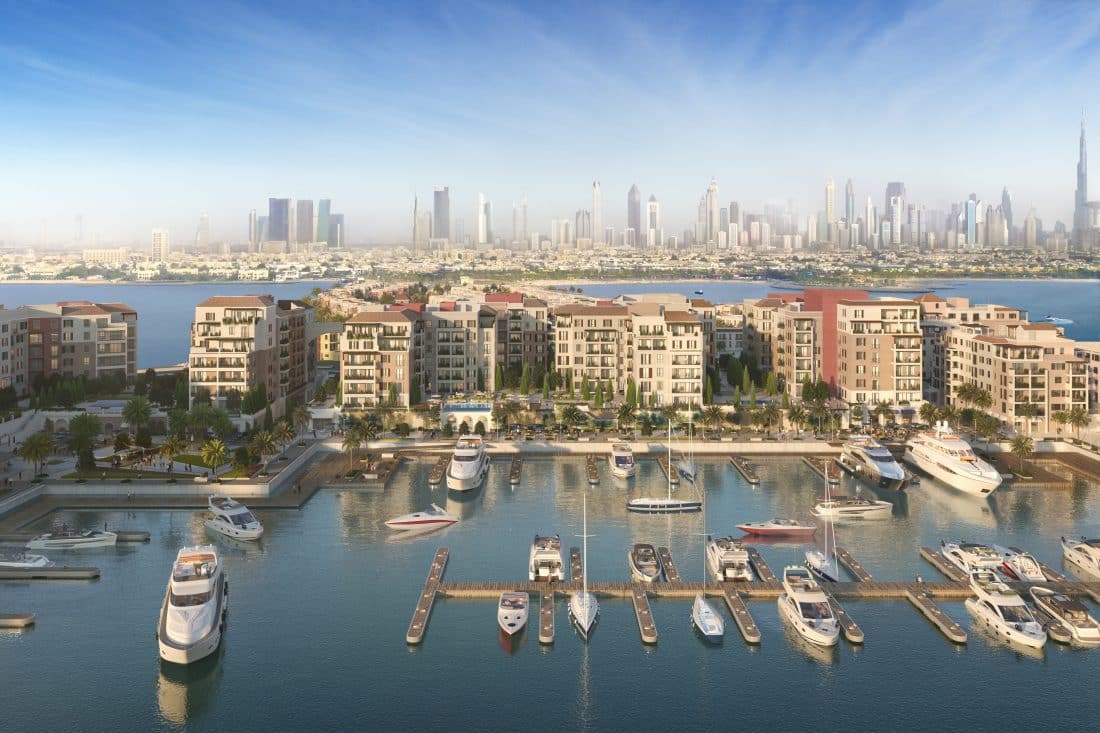
For example, as I have walked down the streets of Barcelona, a city of leisure, its wide roads, museums, and history are forever etched in my mind. Istanbul, another historic and dynamic city is defined by its settlements along the Bosporus that divides the European and Asian sides, teeming with generations who have made the city their home.
Neighbourhoods in other cities, such as Noting Hill in London, Castro in SF and Soho in New York have their colour and identity that make these cities so much more memorable.
Dubai is essentially a product of this brave new world and has grown from a regional business, financial and leisure hub into a global city.
Post the discovery of oil, the emirate grew at exponential speed along the creek or Khor Dubai, investing in concrete, glass and steel as towering skyscrapers, artificial islands and stand-alone gated communities rose from the sea and the sand.
In the last decade, Dubai has had international award-winning architects designing its numerous iconic landmarks, such as the Burj Khalifa, and more recently The Opus, the Dubai Opera, Ain Dubai and now The Museum of the Future, listed by The National Geographic as one of the 14 most beautiful museums in the world for its astounding architecture and sophisticated technological innovations.
But while all these architectural wonders serve to catapult the young city into the global limelight, leading in innovation, design, and architecture, how can Dubai develop that unique identity that blends in elements of sustainability, wellness, and liveability?
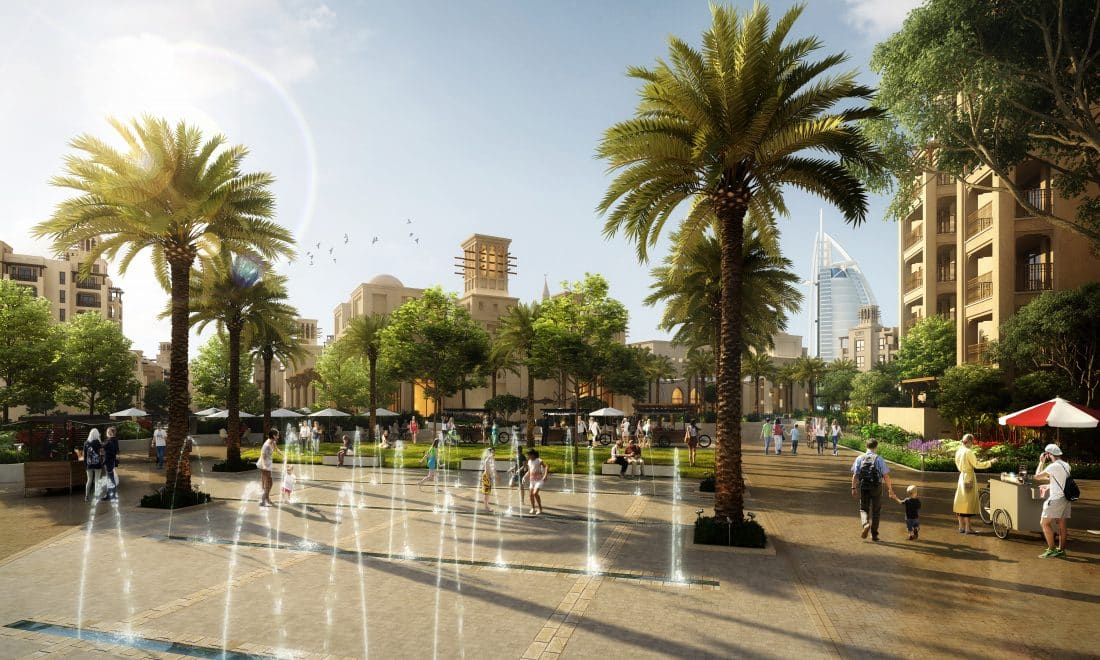
We need an inclusive and cohesive framework that makes a smart and sustainable city where generations can settle and work.
The Dubai 2040 Urban Masterplan is moving in that direction to make Dubai the “best city in the world to live in”. It lays out a comprehensive future map for sustainable urban development and I am hopeful that this will enhance the quality of life of citizens, residents and visitors
At Dubai Holding Real Estate, we are aligned to this vision of the next 50 years as we design and create residential master communities with liveability and connectedness at the core of what we do as a master developer.
Our destinations, neighbourhoods and attractions, such as City Walk, La Mer, Jumeirah Beach Residence have elevated Dubai’s status as a global icon but each of these creations has also prioritised people’s happiness as the ultimate success indicator.
Cities are for people and Dubai can forge its own special identity through good urban planning where spaces don’t feel isolated or neglected. Dubai needs to stitch its urban spaces together, to connect them and encourage greater human interaction.
Things are already moving in that direction as we observe the work that has been done along the beachfront and the Dubai Creek. It is encouraging to find that developers are seeing the value of creating such public realms that will enhance social engagement, promote sustainable environmental practices, encourage physical activity in the community and create compelling spaces that attract more visitors. Dubai Holding Real Estate has developed this idea for its La Mer community, and the results have been more than encouraging.
In the latest addition to the emirate, the District 2020 neighbourhood, strengthens this DNA of Dubai as a smart and sustainable city centred on the needs of its urban community. In the next few months, I look forward to being a part of it.



